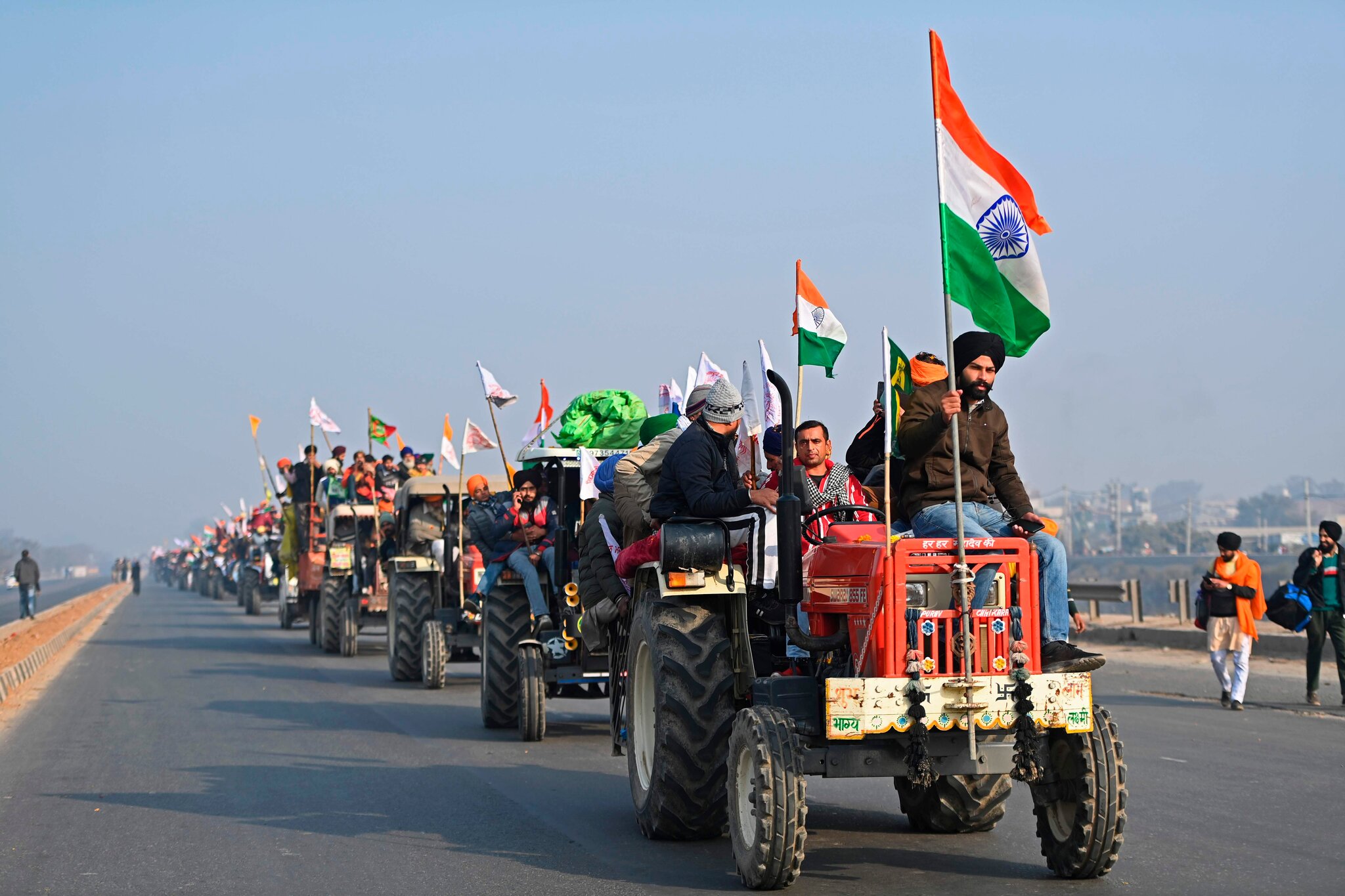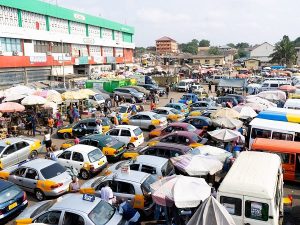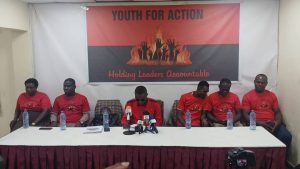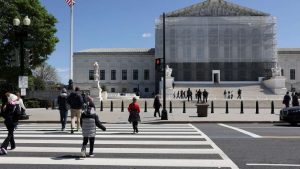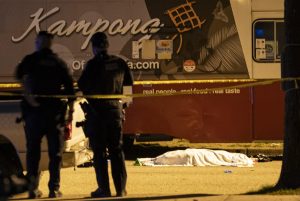Police in northern India have fired tear gas to prevent thousands of protesting farmers demanding minimum crop prices from marching on Delhi. The capital is ringed by razor wire, cement blocks and fencing on three sides to keep protests at bay.
The government fears a repeat of 2020—dozens died in a year-long protest that ended only after ministers agreed to repeal controversial agriculture laws.
But three years on, the farmers say other demands have not been met. India’s farmers form an influential voting bloc, and analysts say the government of Prime Minister Narendra Modi will be keen not to
alienate them. His Bharatiya Janata Party (BJP) is seeking a third consecutive term in power in general elections this year.
Pictures on Tuesday showed thick clouds of tear gas being used to disperse protesters near the city of Ambala, about 200km (125 miles) north of the capital. On Monday, police fired tear gas at the Shambhu
border between Haryana and Punjab states.
Farmers, most of whom are from Punjab, say they want to peacefully cross Haryana to reach Delhi, but they have not been allowed to do so.
Scuffles between police and protesters have also been reported at the Shambhu border and the situation remains tense. In 2020, protesting farmers hunkered down for months, blocking
national highways that connect the capital to its neighboring states. The movement was seen as one of the biggest challenges to the Prime Minister. Families mourned farmers who died during the protests.
Traffic jams and disruptions were reported across Delhi on Tuesday as authorities blocked roads and diverted traffic.
Police have also prohibited large gatherings in the city, including at border points between Delhi and the neighboring states of Uttar Pradesh and Haryana, through which the farmers are expected to reach the
capital.

